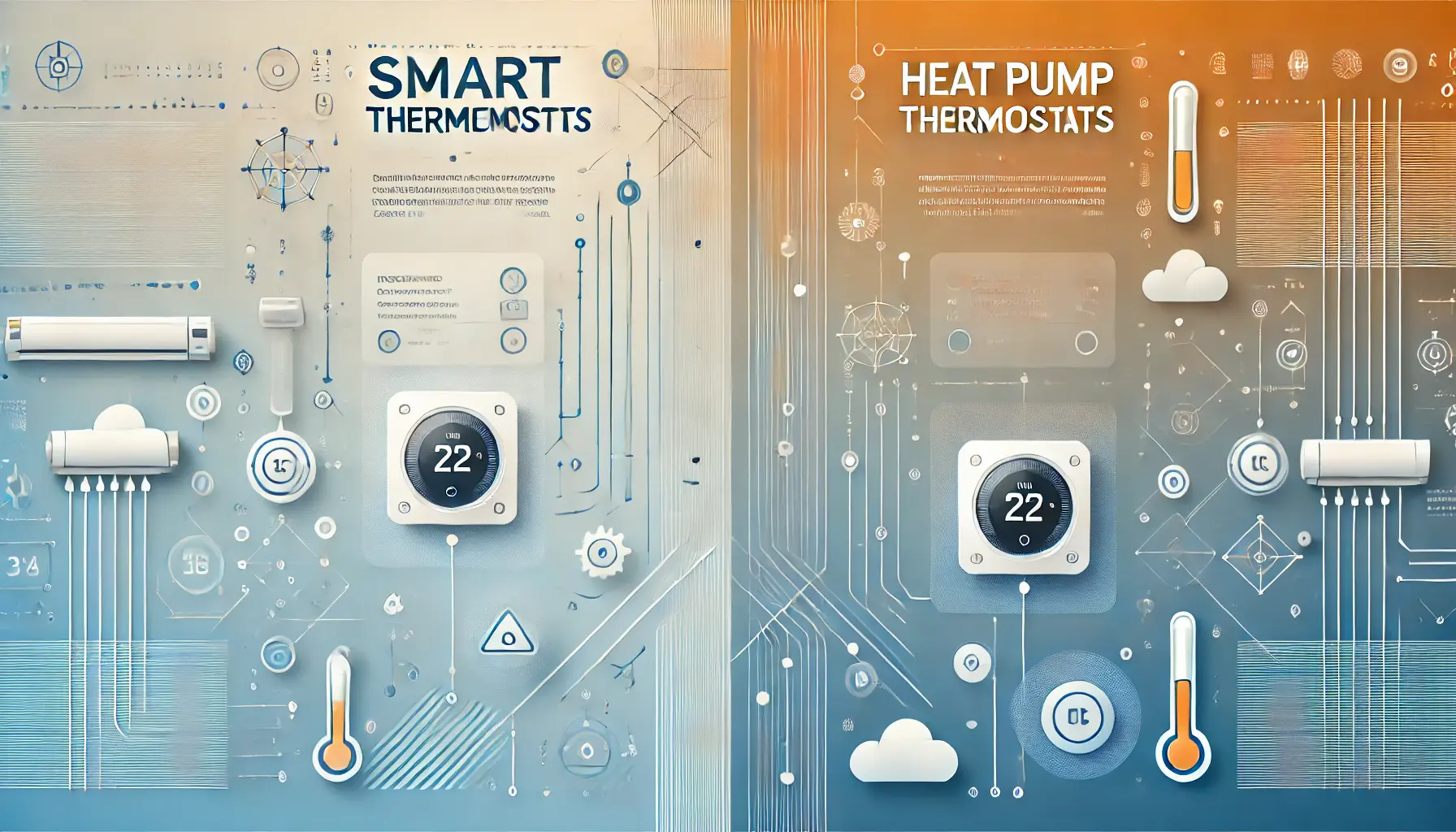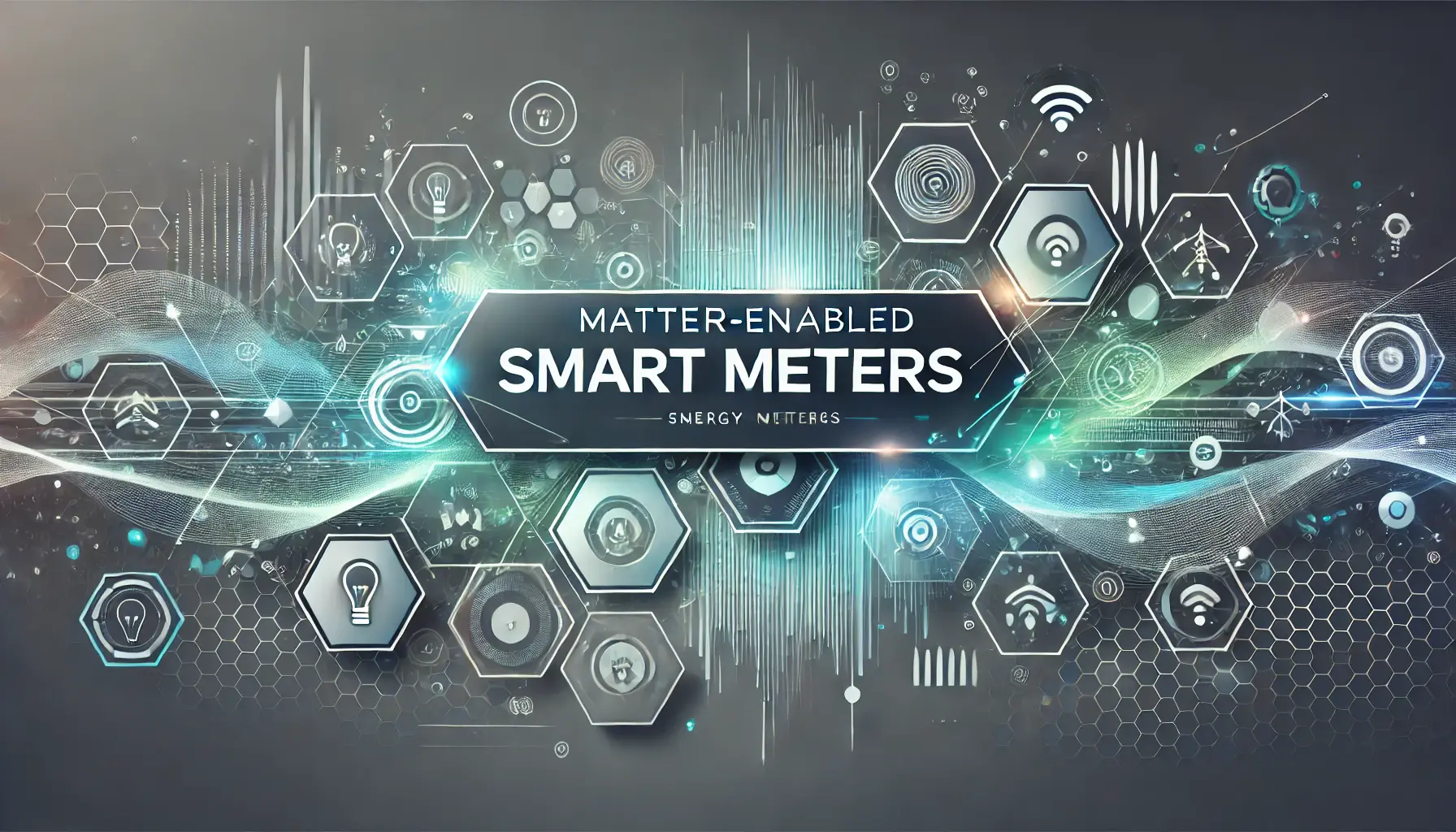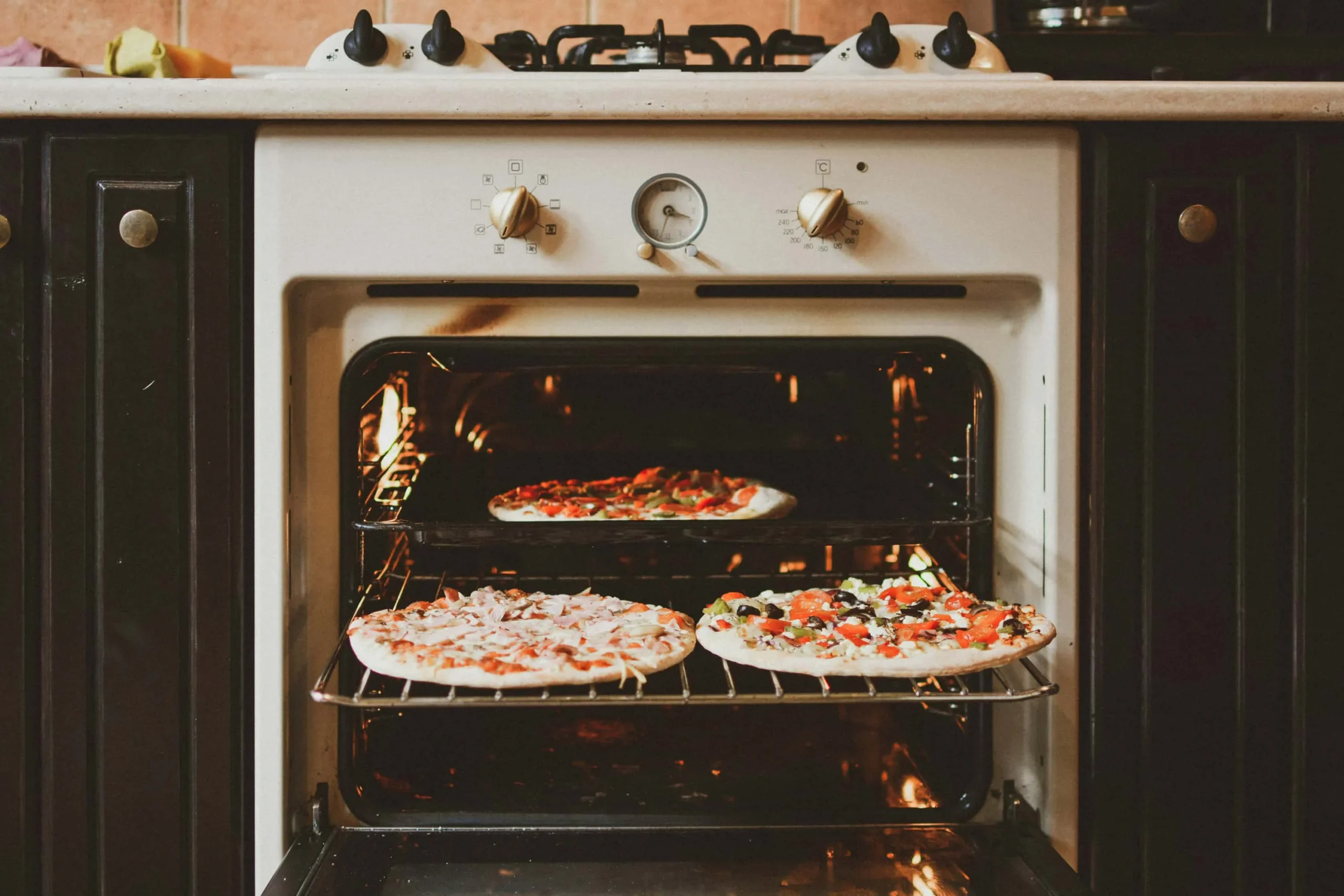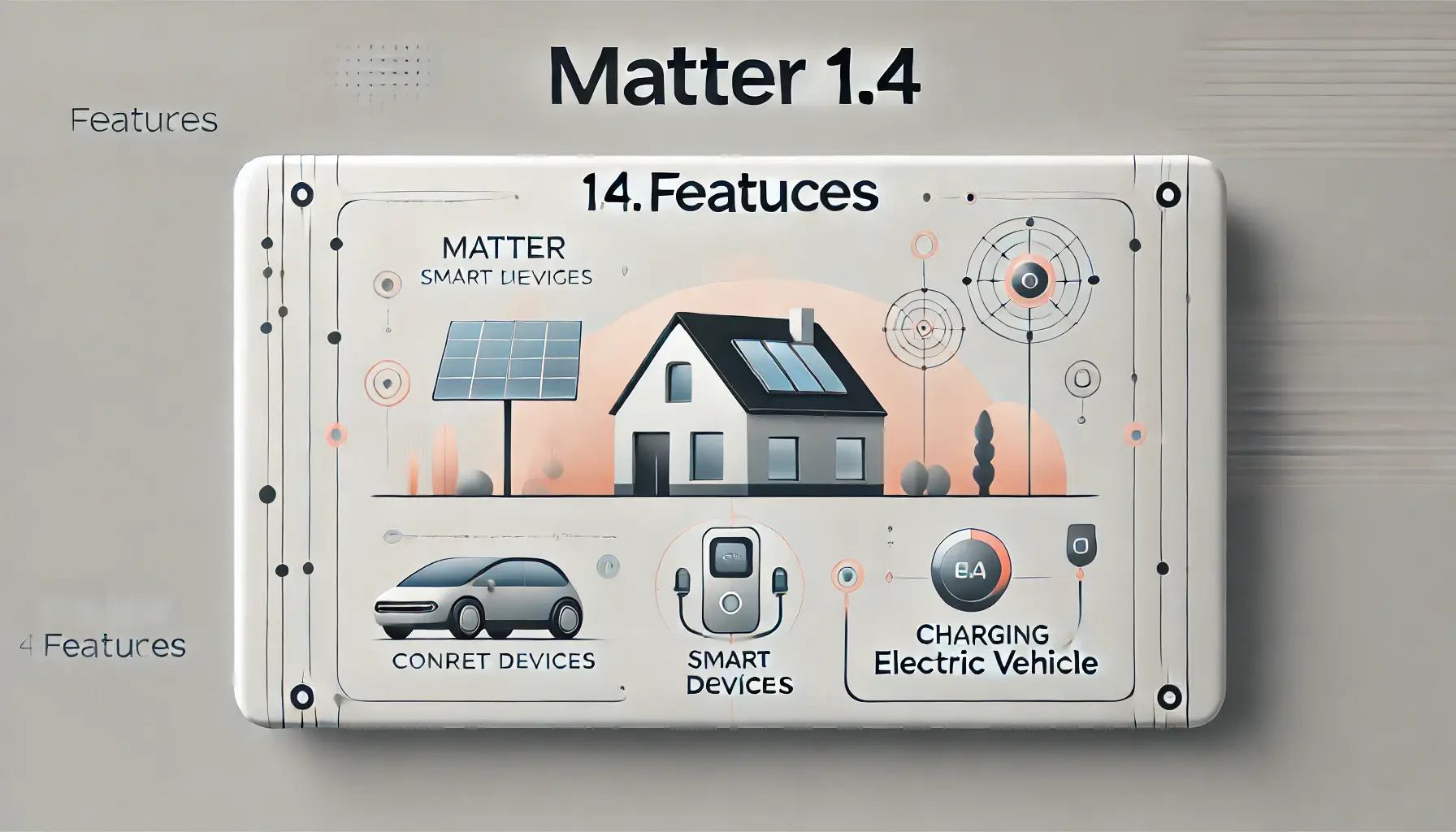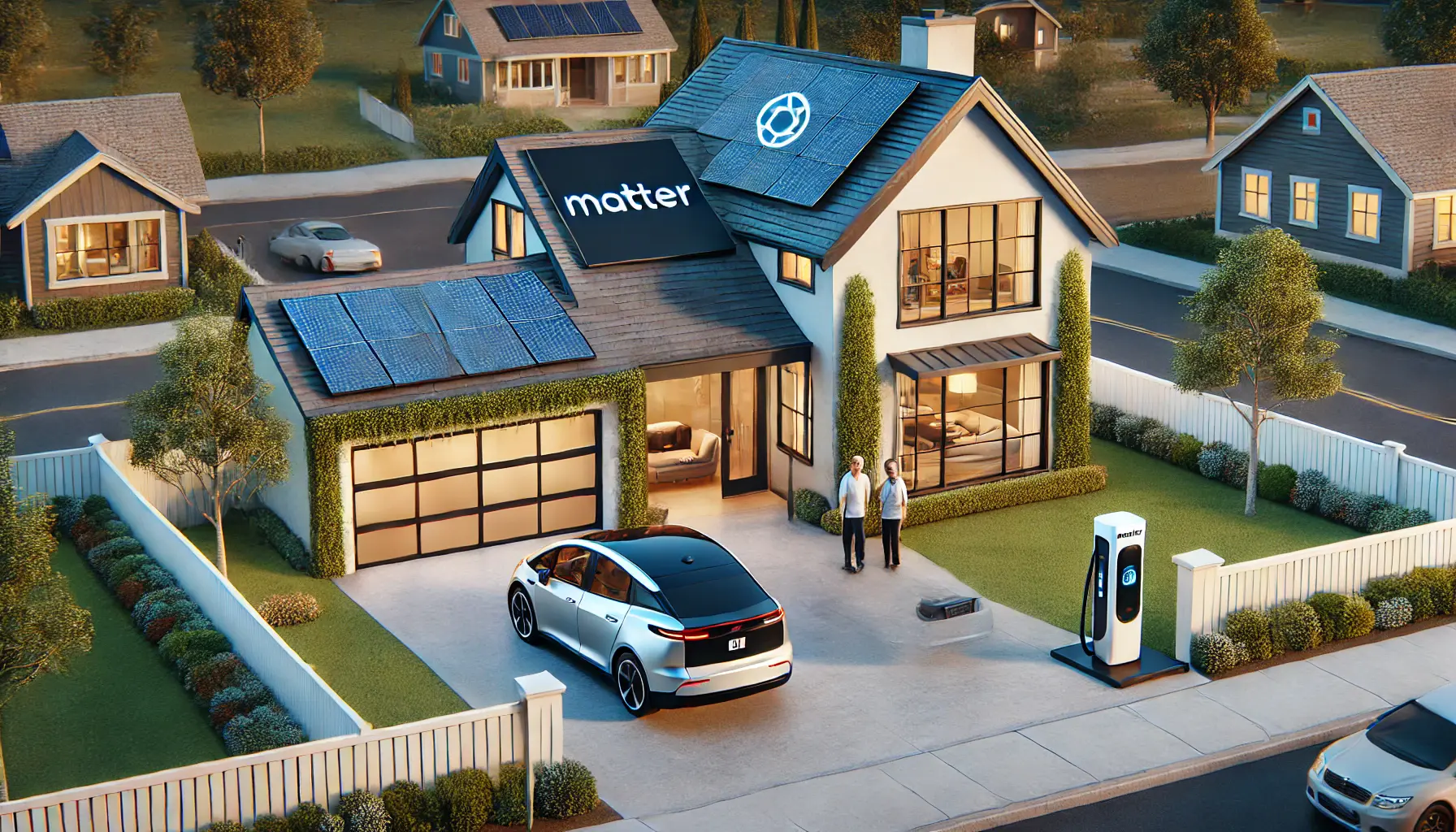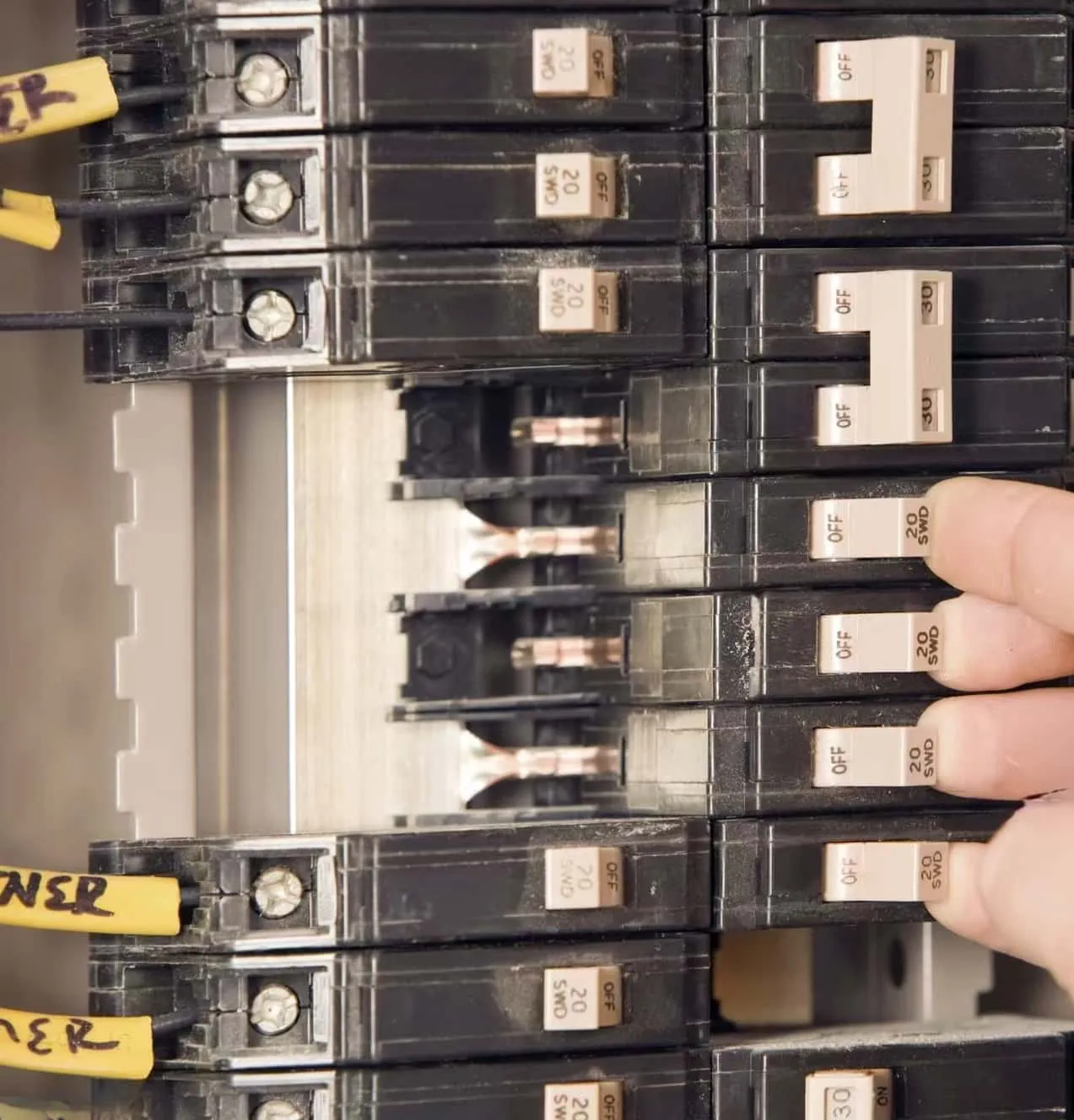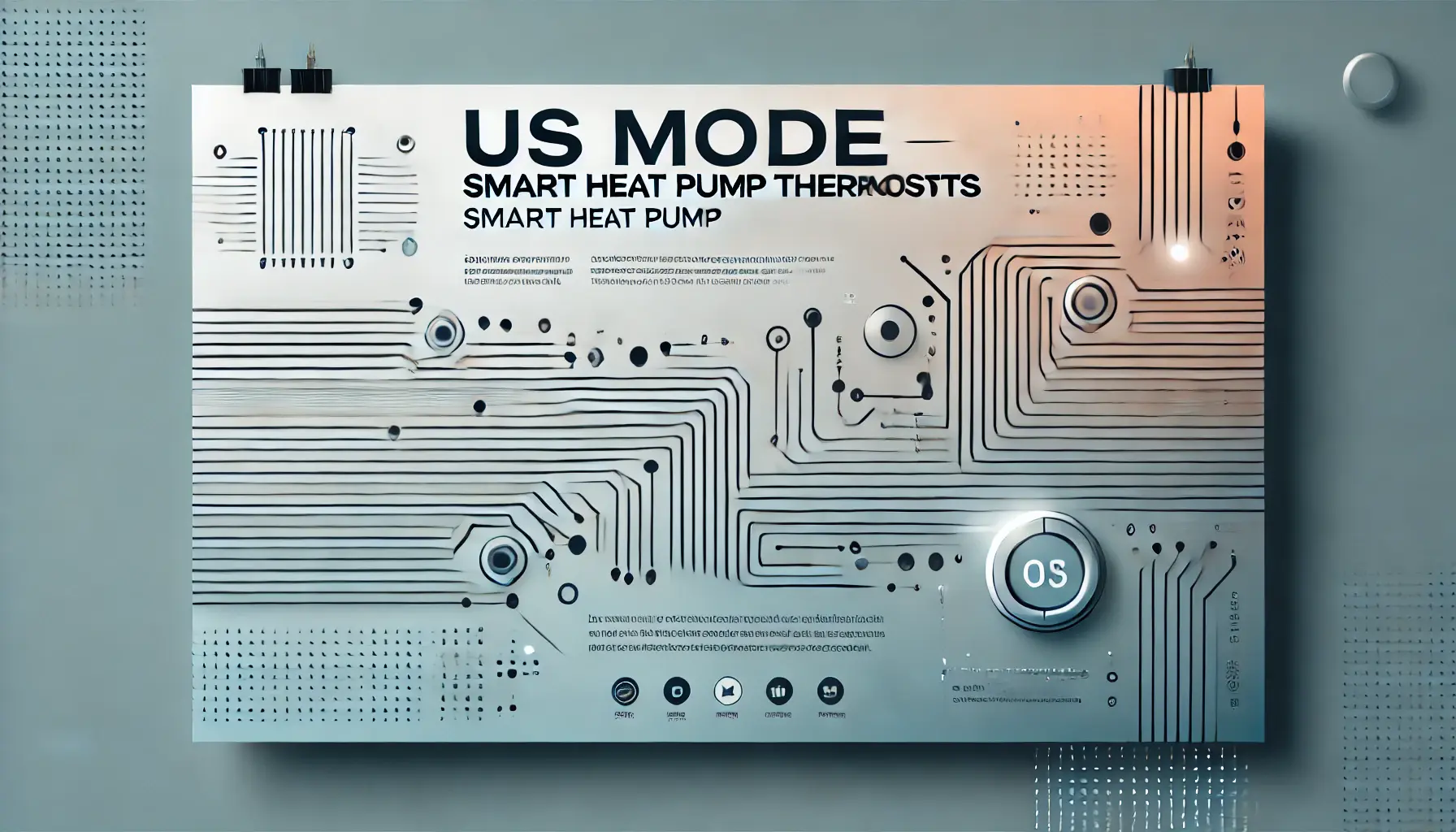
In de VS,slimme warmtepompthermostatenandstandaard thermostatendiffer significantly in terms of the devices they interface with and the methods of connection. These differences arise from the distinct operating principles of heat pump systems and traditional HVAC (heating, ventilation, and air conditioning) systems. Below is a detailed comparison of their interfacing devices and connection methods.
1. Apparaten aangestuurd door warmtepompthermostaten
Heat pump systems are dual-purpose, highly efficient devices used for both heating and cooling. Their unique requirements determine the interface methods of heat pump thermostats.
Veelvoorkomende warmtepompapparaten
Buitenunit (warmtewisselaar)
- Verantwoordelijk voor de warmteoverdracht en verbonden via speciale kabels.
- De thermostaat moet automatische schakeling tussen verwarmings- en koelmodus ondersteunen.
Hulpverwarmingsapparaten (bijv. elektrische verwarmingsstrips)
- Wordt gebruikt bij extreme kou, wanneer de efficiëntie van de warmtepomp afneemt.
- Heat pump thermostats require an “Emergency Heat” function to control these auxiliary devices.
Omkeerklep
- Regelt de omschakeling tussen verwarmings- en koelmodus.
- Thermostats must support O/B terminals to manage the reversing valve logic (heating default or cooling default).
Ventilator (luchtbehandelingsapparaat)
- Zorgt voor een goede luchtcirculatie en wordt aangestuurd via de G-aansluiting.
Verbindingsmethoden
| Terminalnaam | Functie | Warmtepomp-specifiek gebruik |
|---|---|---|
| R | Stroom (24VAC) | Gedeeld met standaard thermostaten |
| C | Gemeenschappelijke draad (voor het voeden van slimme apparaten) | Gedeeld met standaard thermostaten |
| Y1/Y2 | Compressorregeling (fase 1/fase 2) | Wordt gebruikt voor zowel verwarming als koeling |
| O/B | Omkeerklepregeling | Specifiek voor warmtepompen voor modusschakeling |
| G | Ventilatorregeling | Gedeeld met standaard thermostaten |
| E/AUX | Hulpwarmteregeling | Specifiek voor warmtepompen voor noodverwarming |
2. Apparaten die worden aangestuurd door standaard thermostaten
Standard thermostats are typically used for traditional HVAC systems, such as furnaces and air conditioners. These systems do not include reversing valves or auxiliary heat devices, resulting in simpler connection methods.
Veelvoorkomende HVAC-apparaten
Oven
- Zorgt voor verwarming, meestal met gas of elektriciteit.
- De thermostaat regelt het verwarmingsproces via de W-aansluiting.
Airconditioner
- Zorgt voor koeling, aangedreven door een compressor.
- Aangestuurd door de Y-aansluiting voor koelcycli.
Fan
- Laat lucht circuleren met behulp van dezelfde G-aansluiting als warmtepompsystemen.
Verbindingsmethoden
| Terminalnaam | Functie | HVAC-specifiek gebruik |
|---|---|---|
| R | Stroom (24VAC) | Gedeeld met warmtepompthermostaten |
| C | Gemeenschappelijke draad (voor het voeden van slimme apparaten) | Gedeeld met warmtepompthermostaten |
| Y1/Y2 | Compressorregeling (fase 1/fase 2) | Alleen gebruikt voor koeling |
| W1/W2 | Regeling van de ovenverwarming | Specifiek voor HVAC-systemen |
| G | Ventilatorregeling | Gedeeld met warmtepompthermostaten |
3. Hoe slimme thermostaten beide systemen ondersteunen
Automatische detectiefuncties
De meeste slimme thermostaten, zoals deNest ThermostaatandEcobee Slimme Thermostaat, support both heat pump and HVAC systems. They can automatically detect the type of system based on the wiring configuration.
- Grus Thermostaat: Supports O/B terminal logic configuration and automatically recognizes the reversing valve setup for heat pumps.
- Ecobee-thermostaat: Supports up to 4 heating stages and 2 cooling stages, allowing it to manage both heat pumps and auxiliary heating.
Installatieoverwegingen
- Systeemtype-identificatie: Kies een slimme thermostaat die compatibel is met uw verwarmings-/koelsysteem (warmtepomp of HVAC).
- Bedrading vereisten: Zorg ervoor dat de bestaande bedrading de benodigde aansluitingen heeft (bijv. C-draad) om slimme functies van stroom te voorzien.
- Configuratie van de omkeerklep: Voor warmtepompsystemen configureert u de O/B-terminal handmatig of via automatische detectie.
4. Gebruiksscenariovergelijking tussen warmtepompen en standaard HVAC-thermostaten
| Functie | Warmtepompthermostaat | Standaardthermostaat |
|---|---|---|
| Primair doel | Verwarmen en koelen via warmteoverdracht | Verwarmen of koelen via warmte-/koudeopwekking |
| Toepasselijke systemen | Warmtepompsystemen (met bijverwarming) | Gasoven, elektrische oven, airconditioningsystemen |
| Hulpwarmteondersteuning | Ondersteund (via E- of AUX-aansluitingen) | Niet ondersteund |
| Omkeerklepregeling | Vereist O/B-terminal | Niet vereist |
| Slimme compatibiliteit | Slimme warmtepompthermostaten (bijv. Nest, Ecobee) | Slimme HVAC-thermostaten (bijv. Honeywell, Sensi) |
5. Waarom kiezen voor een slimme warmtepompthermostaat?
Bredere compatibiliteit
- Supports reversing valves, auxiliary heating, fans, and other functions, making it ideal for complex heat pump systems.
- Ook compatibel met standaard HVAC-systemen, wat flexibiliteit voor toekomstige upgrades garandeert.
Energieoptimalisatie
- Smart thermostats optimize efficiency by learning user habits, scheduling operations, and monitoring energy consumption.
- Functies zoals de Eco-modus verlagen de verwarmings- en koelkosten.
Afstandsbediening en slimme integratie
- Whether for heat pump or HVAC systems, smart thermostats offer remote control, voice commands, and automation settings, making home temperature management effortless.
By understanding the differences in devices and interface methods between heat pump and standard HVAC thermostats, you can make an informed decision when choosing the right thermostat for your system. Ensuring compatibility and proper wiring will guarantee optimal performance and a comfortable home environment.
